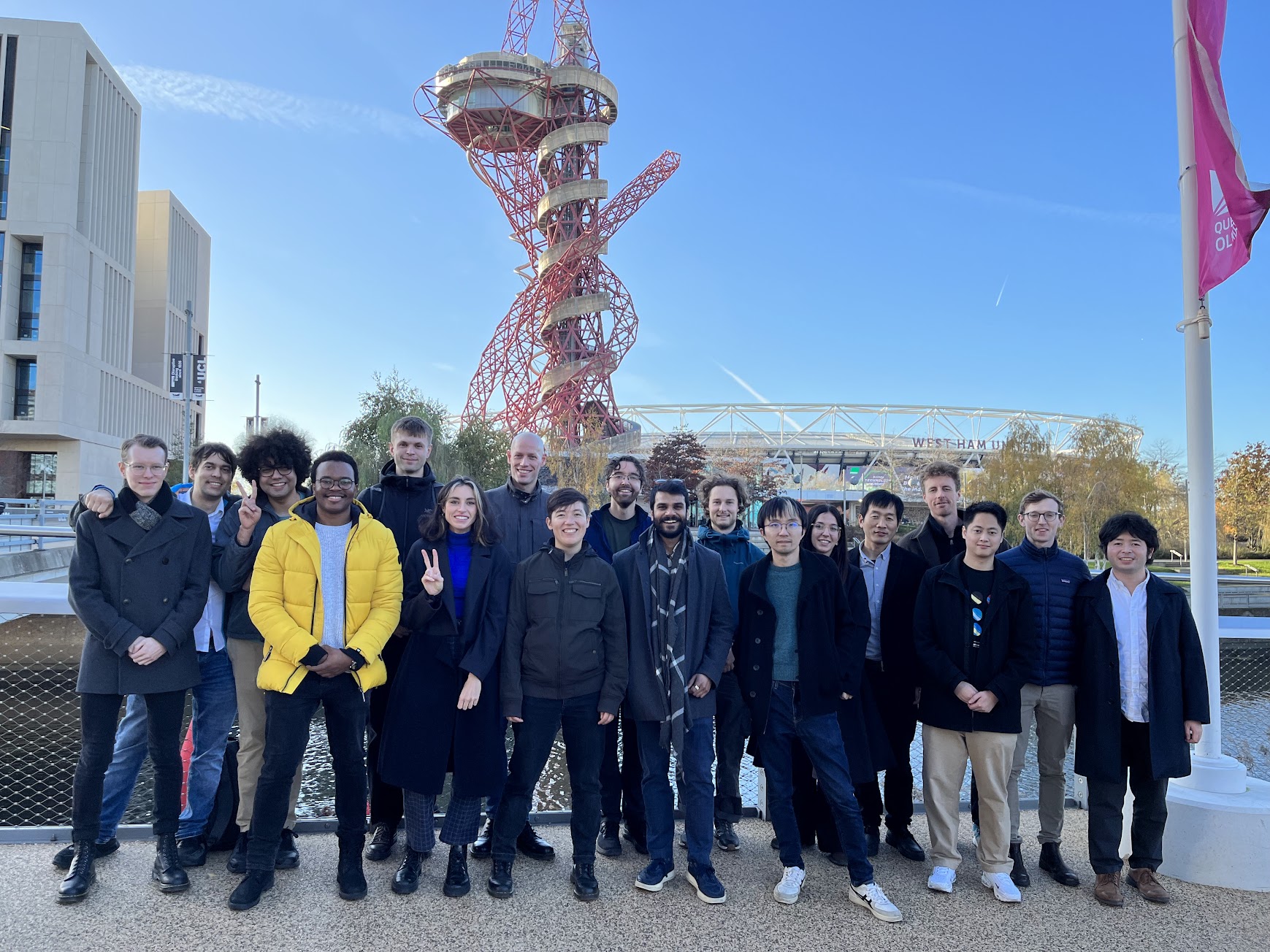Learning long-term behaviors in chaotic dynamical systems, such as turbulent flows and climate modelling, is challenging due to their inherent instability and unpredictability. These systems exhibit positive Lyapunov exponents, which significantly hinder accurate long-term forecasting. As a result, understanding long-term statistical behavior is far more valuable than focusing on short-term accuracy. While autoregressive deep sequence models have been applied to capture long-term behavior, they often lead to exponentially increasing errors in learned dynamics. To address this, we shift the focus from simple prediction errors to preserving an invariant measure in dissipative chaotic systems. These systems have attractors, where trajectories settle, and the invariant measure is the probability distribution on attractors that remains unchanged under dynamics. Existing methods generate long trajectories of dissipative chaotic systems by aligning invariant measures, but it is not always possible to obtain invariant measures for arbitrary datasets. We propose the Poincaré Flow Neural Network (PFNN), a novel operator learning framework designed to capture behaviors of chaotic systems without any explicit knowledge of the invariant measure. PFNN employs an auto-encoder to map the chaotic system to a finite-dimensional feature space, effectively linearizing the chaotic evolution. It then learns the linear evolution operators to match the physical dynamics by addressing two critical properties in dissipative chaotic systems (1) contraction, the system’s convergence toward its attractors, and (2) measure invariance, trajectories on the attractors following a probability distribution invariant to the dynamics. Our experiments on a variety of chaotic systems, including Lorenz systems, Kuramoto-Sivashinsky equation and Navier–Stokes equation, demonstrate that PFNN has more accurate predictions and physical statistics compared to competitive baselines including the Fourier Neural Operator and the Markov Neural Operator.





